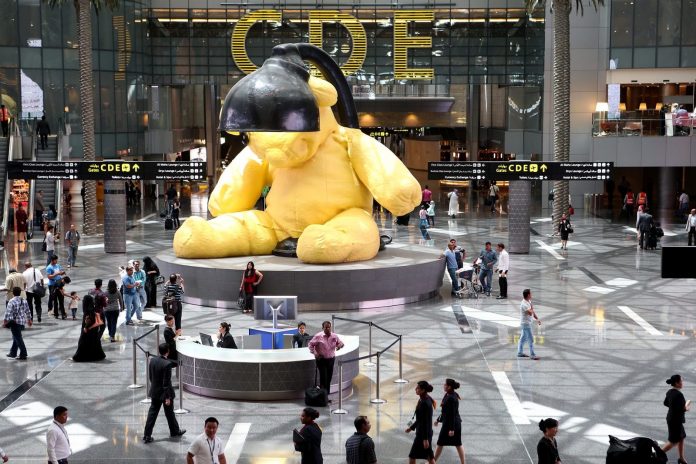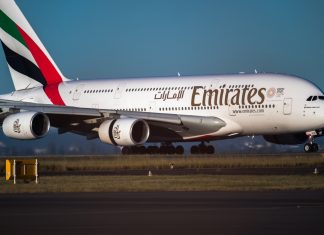The Persian Gulf State of Qatar has closed an overflow airport that was opened solely to handle all of the extra traffic generated for the FIFA World Cup. Although the tournament concluded on December 18 with Argentina’s win against France, some 13 airlines have only now been moved back to Doha’s main airport.
Airlines including Etihad Airways, Air Arabia and flydubai were moved out of Hamad International Airport and into the decommissioned Doha International Airport (DIA) on September 15 ahead of the start of the World Cup and the last flight took off from the old terminal on December 30.
DIA was shut to routine passenger operations in 2014 after Hamad International Airport was opened following a multi-year project to reclaim land from the sea. Although DIA sits on the opposite side of a major highway from Hamad International, the terminal retains its own runway because the airfield is still used by the Qatari air force.
The decommissioned terminal building was brought back into action with 83 check-in desks, 52 departure immigration counters and 22 departure boarding gates. At its peaks of operations, the terminal could handle 2,000 departing passengers and 2,000 arriving passengers per hour.
Flydubai alone said it flew 130,000 football fans on special World Cup shuttle flights between Dubai and Doha International. During the course of the tournament, the airline operated 1,290 flights between the two cities. On peak days, the airline operated 30 match-day shuttle flights per day.
Across both Doha International and Hamad International, there were 26,425 aircraft movements during the course of the World Cup, according to Qatar’s civil aviation regulator.
The remaining airlines to have moved operations back to Hamad International are: Pegasus Airlines, SalamAir, Himalayan Airlines, Pakistan International Airlines, Jazeera Airways, Nepal Airlines, Tarco Aviation, Badr Airlines, Ethiopian Airlines, Air Cairo.























